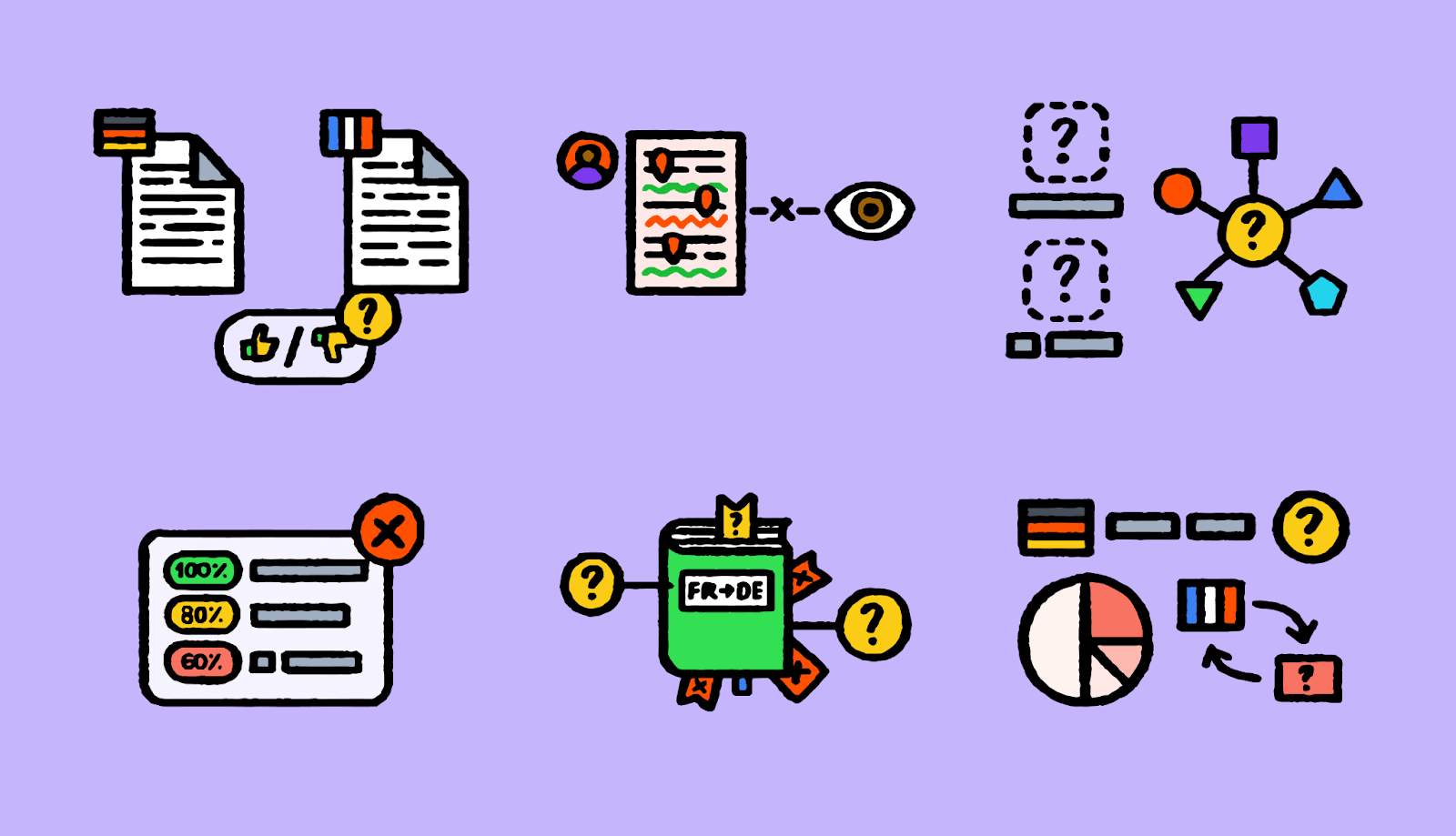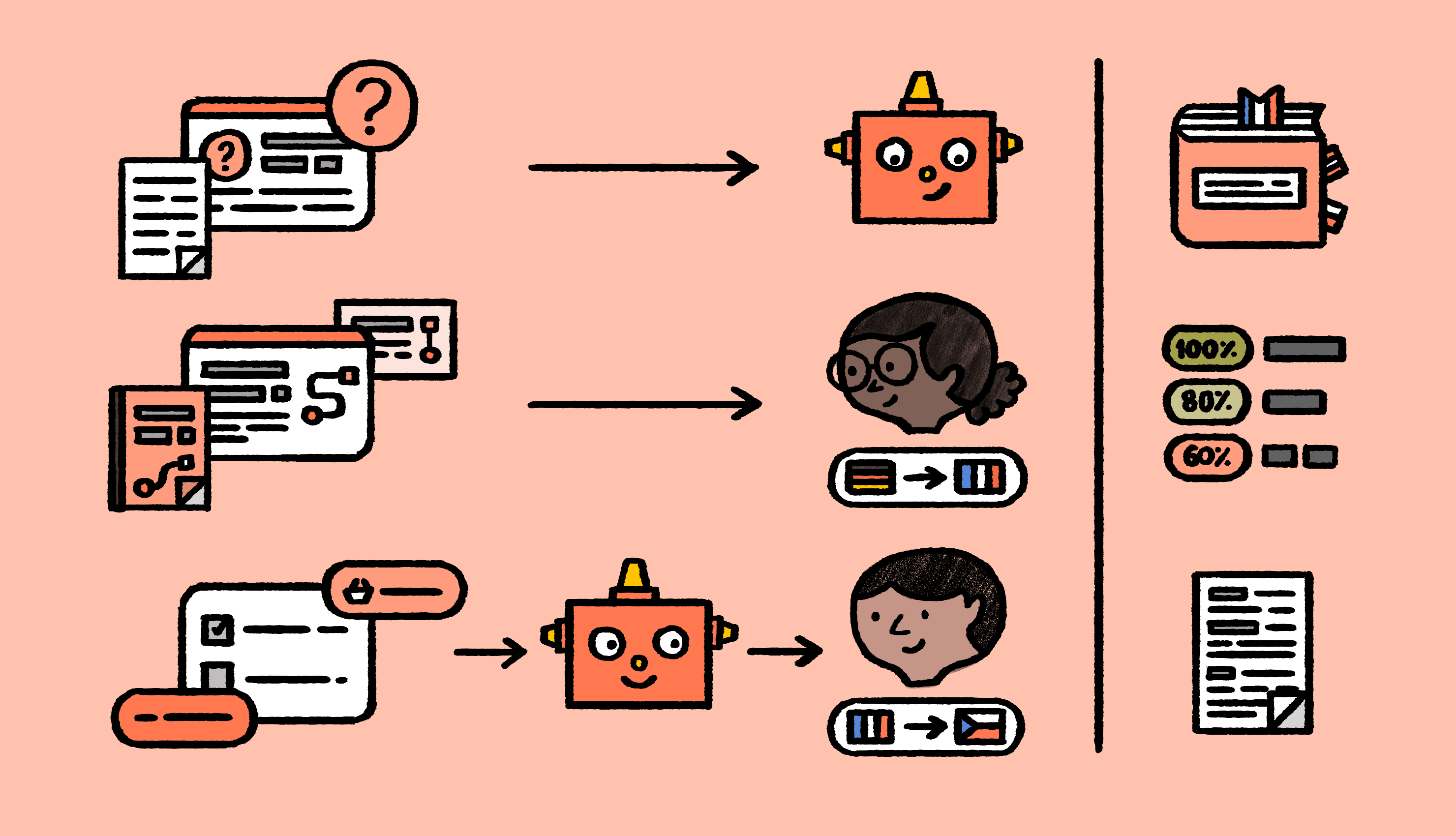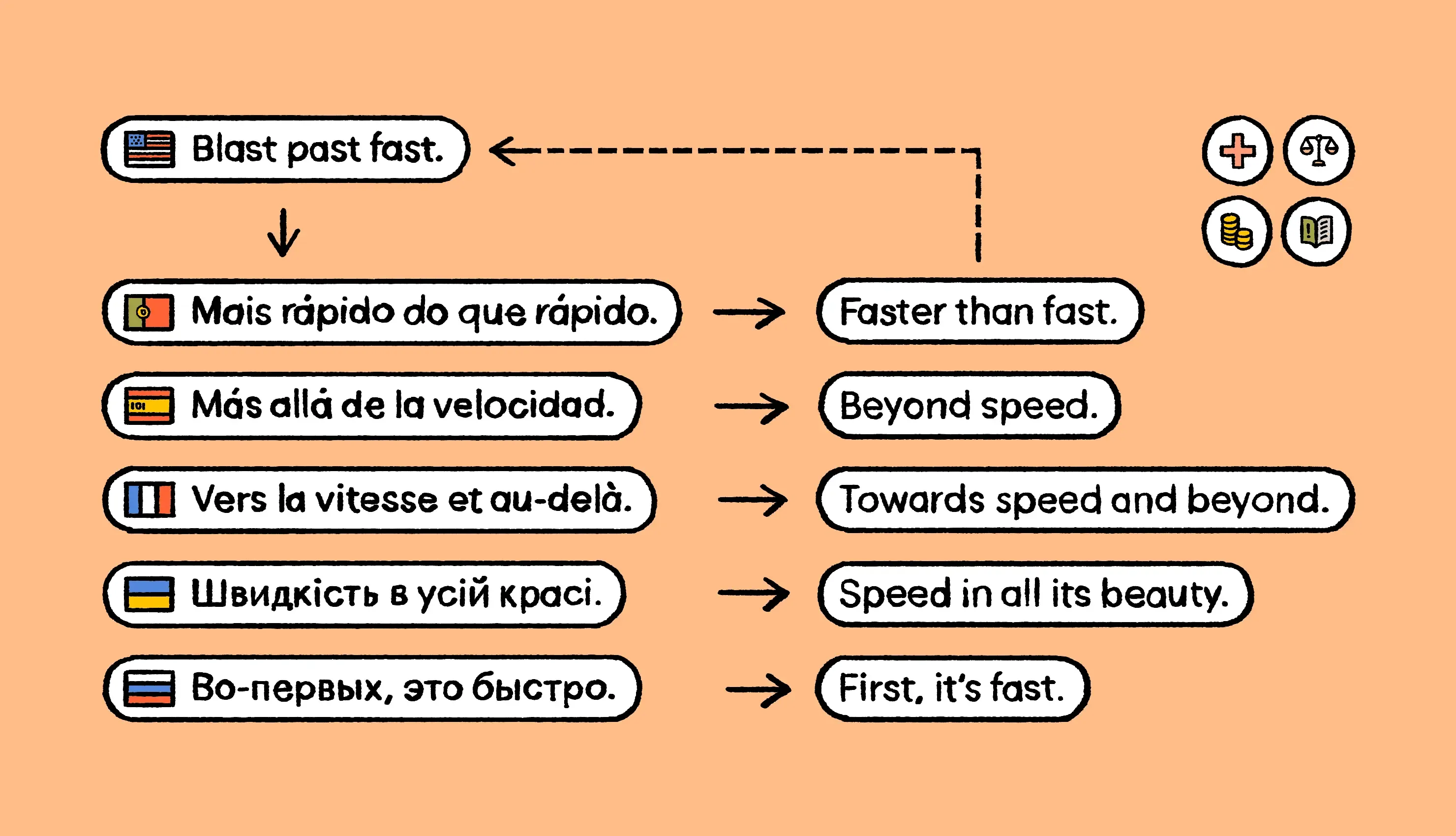What is linguistic quality assurance (LQA) and how to create a process
Poor translations = bad user experience, brand erosion, costly/embarrassing mistakes, and potential legal issues. This is why linguistic quality assurance (LQA) is so important. It’s a system of processes that ensures your translated content is error-free. But what does an LQA process look like and how do you create one? What tools can you use to facilitate this process? Before we continue, let’s explain what LQA is and why it matters.<
Updated on October 31, 2024·Valentyna Kozlova Translation review best practices: How to build a quality process
When it comes to delivering a great multilingual experience, translation quality assurance is everything. But even the best translations can miss the mark without a proper translation review system in place. It’s not just about spotting typos—it’s about making sure the message hits home, stays true to your brand, and resonates with your target audience. “
Updated on October 22, 2024·Valentyna Kozlova What is back translation? Method explained with examples
Back translation, also known as reverse translation, is when content gets translated back to its original language and then compared to the source text. This is a key localization quality control technique and plays a vital role in software internationalization. With back translation, you can easily spot discrepancies and evaluate translation accuracy. Let’s
Updated on September 19, 2024·Valentyna Kozlova 



